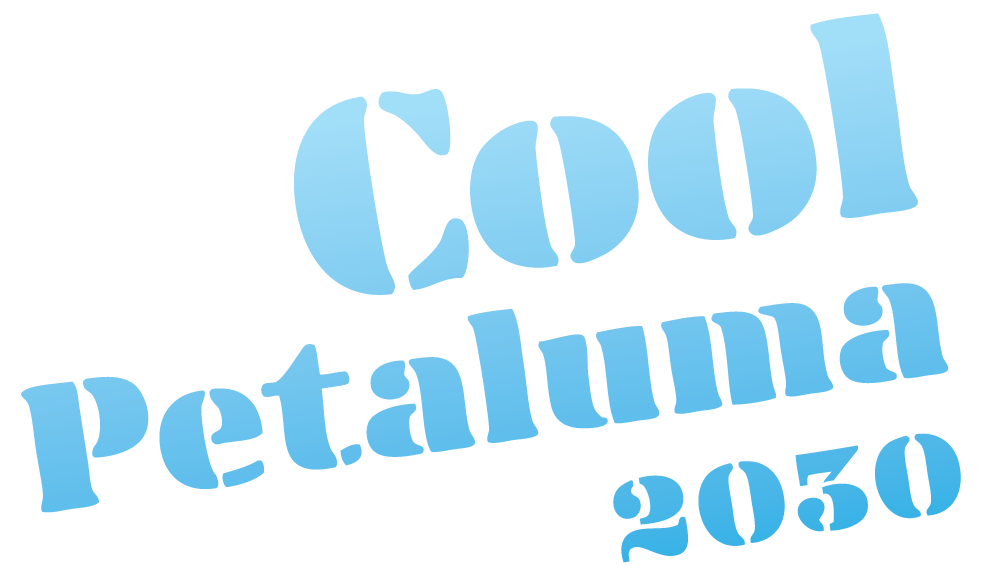Climate Column: A Blueprint for Carbon Neutrality
NATASHA JULIANA
FOR THE ARGUS-COURIER
October 31, 2023, 12:24PM
Petaluma is creating a “Blueprint for Carbon Neutrality,” and a draft version is now available for review at planpetaluma.org.
This is a big document that outlines what we need to do to live in balance with the natural world and restore ecosystem health for future generations. It means we are taking responsibility for our own role in the current climate crisis and leading the way for other small cities like us across the country.
We have been building up to this moment. In early 2019, Petaluma kids joined youth across the globe protesting for more action on climate change. That April, over 400 residents and 50 businesses signed a petition asking the City Council to make equitable climate action our top priority.
In May, the City Council unanimously passed the “Resolution Declaring a Climate Emergency.” And by September 2019, the Climate Action Commission was formed and filled, with a record number of applicants vying for seats. Over the next year and through a global pandemic, the commission worked with city staff and local volunteers to develop the Climate Emergency Framework.
Now it is time to turn all of these good intentions into a plan that can be used to hit our ambitious, but science-aligned, goal of carbon neutrality by 2030, as set by both the city of Petaluma and the county of Sonoma. This means that we are coming in one step ahead of California’s goal of carbon neutrality by 2045 and two steps ahead of the world’s goal of carbon neutrality by 2050, as instructed by the United Nation’s Intergovernmental Panel on Climate Change (IPCC).
But somebody needs to lead the way, and Petaluma has always been proud of its innovative spirit and respect for the land. By proactively taking on this challenge now, we can benefit from the upsides of these actions right away – cleaner air, safer streets, more comfortable buildings, healthier food, more local jobs, the list goes on. This also positions us as good role models for our children, our state, and our country.
Some people will point to the high cost of these improvements as a reason not to do them. But what is the cost of inaction?
The Tubbs fire alone killed 22 people, destroyed over 5,000 homes and is estimated to have cost $7.5 billion in losses. Sonoma County flooding in 2019 damaged 1,900 homes, 578 commercial buildings, as well as public infrastructure at a cost of $155 million. The National Academy of Sciences concluded that air pollution in the United States leads to over 100,000 deaths annually and a cost of some $886 billion a year. And Cornell University research suggests that 2 billion people – about one-fifth of the world’s population – could become climate change refugees due to rising seas by the year 2100.
Some people will say that Petaluma is too small to matter in this epic global crisis, so why bother. But we’ve proven we can have massive influence, starting way back in the 1880s when Petaluma changed the world with its egg incubator.
In 2021, we became the first city in the U.S. to ban the construction of new gas stations. Our neighbors noticed and soon Rohnert Park, Sebastopol, Cotati, Windsor, Santa Rosa, and unincorporated Sonoma County all followed. Big cities around the world also noticed. “The growing movement within Northern California, and the historical moment, offers proof that maybe Los Angeles, one of the world’s largest cities, can do it, too,” reported Capital Weekly.
Even the CEO of General Motors, Mary Barra, noticed Petaluma: “I read that a small city in California banned the building of gas stations.” Barra took that as a sign and decided to go “all in” on electric vehicles, ending GM’s production of internal combustion engines by 2035. “We came to believe we had a movement in the making,” she said.
It's also hard to imagine big changes happening in short periods of time. But that, too, has history on its side.
Side-by-side photos tell the story. One photo, taken in 1900, shows New York City’s 5th Avenue clogged with horses and buggies, with one lone automobile in the middle. Thirteen years later, another photo taken at the same place shows it is filled with cars.
A few decades later, in 1961, President Kennedy announced his audacious goal of sending an American to the moon before the end of the decade, which we achieved only eight years later. And in 1996, panic started to set in over the coming Y2K rollover potential computer glitch. Over the next four years, the world spent about $500 billion fixing the bug, improving infrastructure and preventing potential disaster.
It's time to rise to the occasion and get to work securing our children’s future on planet Earth. It’s a heavy lift and requires massive participation, but we know what we need to do, and the Blueprint is there to help us. As Nelson Mandela said, “It always seems impossible until it is done.”
Natasha Juliana is the campaign director for Cool Petaluma. She can be reached at natashaj@coolpetaluma.org. For information on how to get involved, visit coolpetaluma.org.

